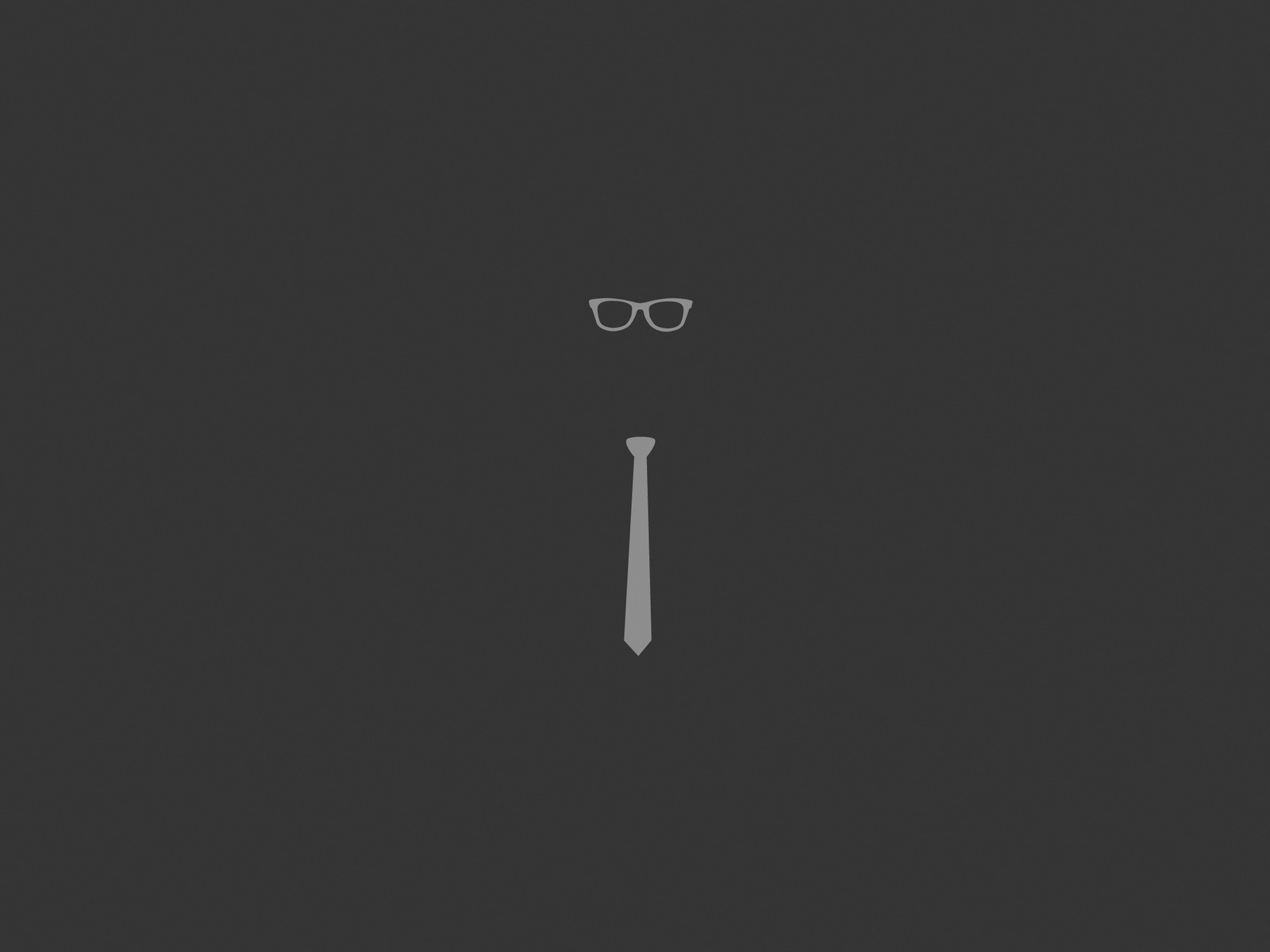In the “new business world” — where maybe product and inventory matter less — you can make an argument that the No. 1 thing any company needs is simple, easy-to-use-and-understand design. You could make a similar case that this basic idea — simple interfaces — started Apple on the path to being a trillion-dollar company.
The problem here is a common problem in most business contexts: whenever anything becomes seemingly important, a million “experts” and “consultants of the important thing” rush in and try to define it and how success within it would look and all that. This has been happening in marketing and sales for about 50+ years, if not longer.
When this happens, the waters can get a little muddy. Do we want to focus, for example, on “empathetic design” or “responsive design?” (Do we even know what those things are?) Who are our customers? (Do we even know that?) What do they access our site/funnel from? How do we design to maximize that? Are they older? How quickly yet effectively can we weave our mission into it? What path do we want them to take?
Companies should think about all of the above — and much more — but usually what happens is that everything starts with some process, and then the process becomes a series of deliverables, and those deliverables become focused on a slew of details, and those details are ultimately just a source of control for the manager level.
What if there were a bit of a simpler way to construe and explain what design really is?
Here’s something good, via Fast Company:
And obviously, not all design is good. Great design thinks about the business, the planet, the users that are going to be impacted by those decisions. You’re thinking through big questions like what are the implications of these choices? What is the problem I’m trying to solve? What is the outcome?. We seek to make the right decisions based on all of those factors—making the appropriate compromises to find a solution that will be the best fit for all of these variables. That, to me, is design.
That’s from a higher muckety-muck at AirBNB, which is one of those companies that basically says “Product and inventory are so 1994. I’m chasing users and experience and design and simplicity, and I’m gonna make money off that!” (See also: Uber, etc.)
Making the appropriate compromises to find a solution that will be the best fit.
Think about that in your next series of meetings re: design details. Just for a second.

